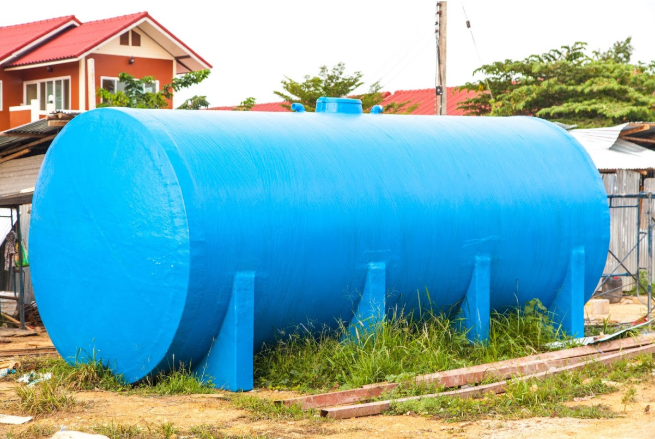3 Factors That Determine When to Pump Your Septic Tank
Body
All septic systems have a limited capacity. Over time, the breakdown of solid waste results in the formation of a layer of sludge at the bottom of the tank. As the volume of sludge increases, the tank's capacity grows smaller and smaller. To prevent backflow and flooding, accumulated sludge must be pumped out of your tank periodically.
The general rule of thumb holds that a septic tank should be pumped every two to three years. Yet many tanks require more frequent pumping. Many different factors affect how often you need to receive professional servicing. This article takes a closer look at three of the most critical factors influencing how often you should pump your septic tank.
1. Tank Size
Septic tanks come in a wide range of sizes, as measured in gallons. Most residential septic tanks fall into a size range between 750 and 2,000 gallons . Most contractors correlate tank size to the number of residents in a property. Alternately, some installers size tanks according to the number of bedrooms in a home.
Don't assume that your septic tank is an ideal size for your family — especially if you aren't the original owner of your home. Your family may contain more people than the previous owner's. In that case, your water use likely exceeds the estimated amounts used to determine the size of the septic tank.
If you don't know what size septic tank you have, check the paperwork from when you purchased your home. You may find information about your septic system listed there. If not, contact a professional. They can check whether your tank needs emptying. If so, they can measure the tank's capacity during the pumping process.
2. Solid Waste Content
Septic systems handle liquid and solid waste in different ways. Liquid waste flows out of the tank into the system's drain field. Pipes buried beneath the ground disperse the liquid waste safely into the soil, where it continues to break down before eventually entering the ground water.
Solid waste, by contrast, never leaves the septic tank. Instead, species of anaerobic bacteria break the waste down over time. This process reduces the volume of the waste, creating a more compact layer of sludge at the bottom of the tank. A tank requires pumping when its solid waste content reaches between 35 and 50 percent of the tank's total volume. The higher the percentage is the less time the septic tank has to be able to separate the suspended solids and not have them go out into the drainfield.
Not all solid waste breaks down at the same rate. Organic solids such as feces break down relatively quickly. Other types of organic solids break down more slowly. These solids include things like toilet paper and garbage disposal food waste.
Certain solids do not have a biodegradable nature at all. Such solids include items like plastics, cigarette butts, kitty litter, and even coffee grounds. Non-biodegradable solids take up a lot more space inside of a septic tank, since their volume doesn’t decrease over time.
Avoid sending such non-biodegradable solids into your septic system. Not only will non-biodegradable solids require that you pump your tank more frequently, but they also increase the likelihood of clogs and other problems.
3. Water Usage
The amount of water you send into your septic system affects how well its biological break down proceeds. When you flood your system with too much water, the bacteria in your tank have a harder time doing their job. As a result, solid waste won't break down at the same rate, causing your tank to reach its capacity more quickly.
Even those with properly sized septic tanks must monitor household water usage. For more information about what you can do to keep your septic system in good working order, please contact central Pennsylvania's septic experts at Walters Environmental Services.





